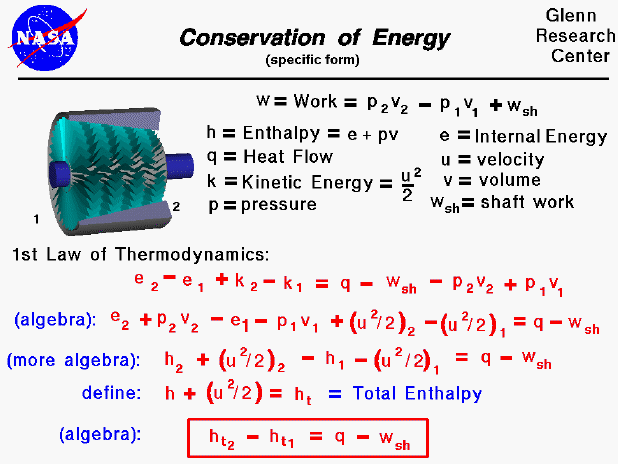

How much heat is generated per gram of potassium for this reaction? Assume the density of the solution after the reaction is the density of water and that the heat capacity of the solution and reaction vessel is only due to the water that has a specific heat of 4.184 J/g-☌. The temperature of the solution changes from 22 ☌ to 25.1 ☌ due to the reaction. Assume a total volume of 100 mL for the resulting solution. ΔH = C pΔT = (850 g)(0.385 J/g-☌)(7 ☌) = 2291 J = 2.3 kJĪ 0.258 g piece of potassium solid is placed into water inside of a coffee cup calorimeter resulting in a vigourous reaction. Assume the specific heat of copper to be 0.385 J/g-☌ and determine the amount of heat absorbed by the block of copper. The copper was placed in the sun and the temperature increased to 28 ☌. The temperature of a 0.85 kg block of copper was found to be 21 ☌. When a 100 g sample of methane, CH 4, is burned in a bomb calorimeter the temperature changes from 21 ☌ to 31 ☌ and 2200 J of heat is given off. Calculate the heat of combustion per gram of gummy bear. The manufacturer of the bomb calorimeter determined the heat capacity of the calorimeter to be 11.4 kJ/☌. The temperature started at 21.5 ☌ and leveled off at 24.2 ☌. ΔE = C vΔT + 0 = q v, where the subscript v indicates constant volume.Ī 0.88 g gummy bear is burned in a bomb calorimeter. Under what condition is ΔE = q? Under what condition is ΔH = q?īecause w = -PΔV, q = CΔT, and ΔE = q + w, at constant volume (ΔV = 0).Both ΔE and ΔH are negative for exothermic processes. What are the mathematical signs of the internal energy and enthalpy when a process is exothermic?Įxothermic means that energy is given off from the system and endothermic is when energy is absorbed by the system. ΔE = q + w where ΔE is the change in internal energy, q is the heat added or taken away, and w is the work done on or by the system.Ĭ is the heat capcity, ΔT is the change in temperature, P is the pressure, and ΔV is the change in volume. Write the expression of the first law of thermodynamics in terms of the internal energy and define in words and equations what each term is.Any property of a system, like temperature, where the value of that property doesn't depend on how it got there is a state function. The magnitudes of state functions are independent of the path. What is the first law of thermodynamics?Įnergy can not be created or destroyed, it can change form, but the total amount of energy in the universe remains constant.The textbook questions will have additional information that may be useful and that connects the problems to real life applications, many of them in biology.Īnswer the following thermochemistry questions. The study guide also has worked out examples. The exercises are worked out examples of the questions at the back of the chapter. You should also study the Exercises within the chapters. This is just the required list of problems for quiz purposes. Note: You are expected to go to the end of chapter problems in your textbook, find similar questions, and work out those problems as well. by Brown, LeMay, Bursten, Murphy and Woodward), but any edition of this text will do for this course. The last edition I required students to buy was the 12 th edition (CHEMISTRY The Central Science, 12th ed.

The textbook associated with this homework is CHEMISTRY The Central Science by Brown, LeMay, et.al. This page has all of the required homework for the material covered in the third exam of the first semester of General Chemistry. Chem I Homework Exam 3 Chem I Homework Page, Exam 3 Material Homework Page Without Visible Answers


 0 kommentar(er)
0 kommentar(er)
